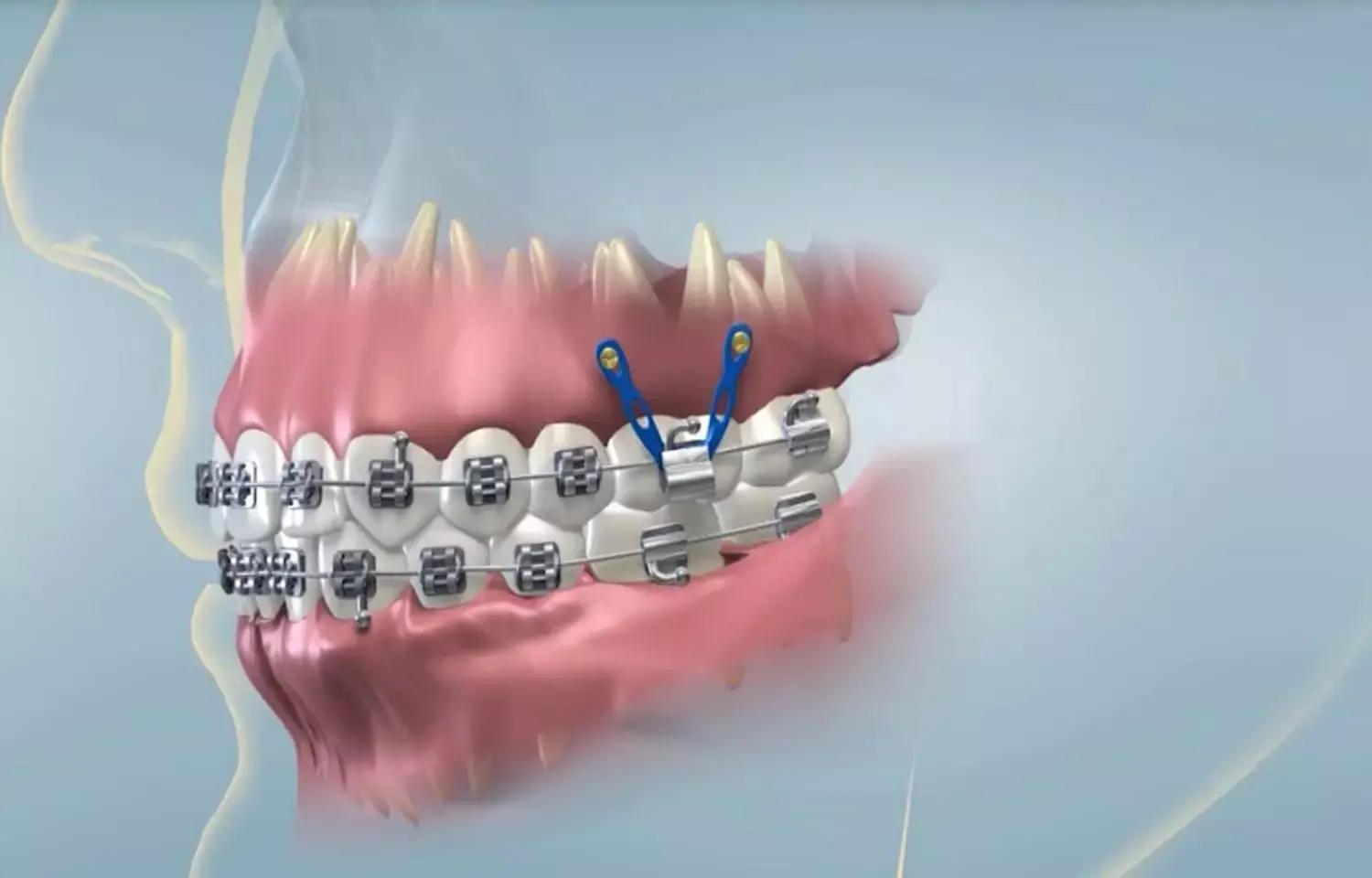Spontaneous Repair Of Iatrogenic Root Perforation By An Orthodontic Miniscrew- A Case Report
- byDoctor News Daily Team
- 15 July, 2025
- 0 Comments
- 0 Mins

Pi-En Chang and colleagues have recently published an interesting report of a spontaneous iatrogenic root perforation repair with the help of an orthodontic miniscrew.
The study is published in the Journal of American Dental Association.
Orthodontic miniscrews have become popular tools for providing temporary anchorage during orthodontic treatment. Although they are easy to insert, damage to the periodontal ligament or dental root during insertion is an unfavorable iatrogenic complication. The risks associated with miniscrew placement should be clearly understood by both the clinician and the patient. Complications can arise during miniscrew placement and after orthodontic loading that affects stability and patient safety. A thorough understanding of proper placement technique, bone density and landscape, peri-implant soft-tissue, regional anatomic structures, and patient home care is imperative for optimal patient safety and miniscrew success. Root perforation during miniscrew insertion in human teeth has been reported in a few articles.
Hence, the authors describe the spontaneous repair of an iatrogenic root perforation in the mandibular first molar that occurred during insertion of an orthodontic miniscrew in a young girl undergoing orthodontic treatment.
The authors studied the report of a 15-year-old girl with malocclusion who was undergoing orthodontic treatment when the mesial root of her mandibular right first molar was damaged by an orthodontic miniscrew.
The miniscrew and the corresponding bracket were immediately removed to avoid any unnecessary forces on the tooth. Because the pulp remained vital without any additional damage and infection for 6 months, orthodontic treatment was resumed and completed in 9 months without any pulp damage or unfavorable symptoms. Serial periapical radiographs and cone-beam computed tomographic images showed that the injured area was surrounded by reparative tissue without any apical lesion.
Therefore, the researchers further concluded that "immediate removal of unnecessary forces provides an environment for spontaneous repair in cases of iatrogenic root perforation by orthodontic miniscrews, even when the damage involves the pulp."
If force stimulation is avoided for a certain period, which was 6 months in this case, it may be possible to complete the orthodontic treatment without unfavorable symptoms, they added.
Disclaimer: This website is designed for healthcare professionals and serves solely for informational purposes.
The content provided should not be interpreted as medical advice, diagnosis, treatment recommendations, prescriptions, or endorsements of specific medical practices. It is not a replacement for professional medical consultation or the expertise of a licensed healthcare provider.
Given the ever-evolving nature of medical science, we strive to keep our information accurate and up to date. However, we do not guarantee the completeness or accuracy of the content.
If you come across any inconsistencies, please reach out to us at
admin@doctornewsdaily.com.
We do not support or endorse medical opinions, treatments, or recommendations that contradict the advice of qualified healthcare professionals.
By using this website, you agree to our
Terms of Use,
Privacy Policy, and
Advertisement Policy.
For further details, please review our
Full Disclaimer.
Recent News
Eli Lilly plans to build new USD 3 billion facilit...
- 04 November, 2025
Rajkot Maternity Hospital CCTV Leak: How a simple...
- 04 November, 2025
Gland Pharma profit rises 12 percent to Rs 184 cro...
- 04 November, 2025
Daily Newsletter
Get all the top stories from Blogs to keep track.


0 Comments
Post a comment
No comments yet. Be the first to comment!